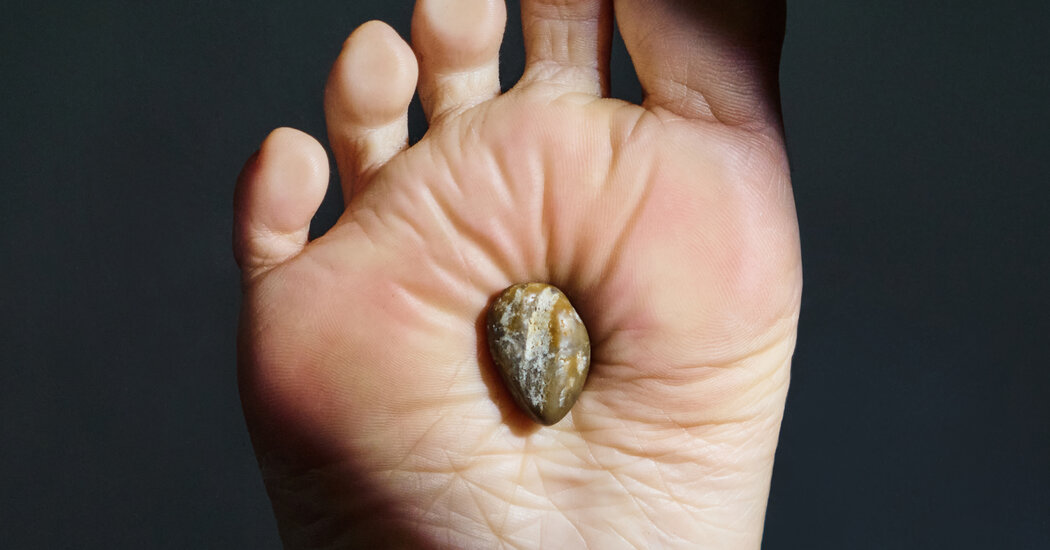Q: I get warts on the bottom of my feet. How can I treat and prevent them?
Having a plantar wart can feel like walking “on a small rock with every step,” said Dr. Steven Daveluy, a professor of dermatology at Wayne State University in Detroit.
Unlike other types of warts — small, noncancerous growths that can crop up on various parts of the body — plantar warts develop only on the soles of your feet. They form small, round, rough and often flat growths on the skin, with tiny blood clots in the center that look like black dots.
Plantar warts are common, and several treatment options are available. But they’re often “stubborn,” sometimes taking months to go away, Dr. Daveluy said. Here’s what to know about getting rid of them.
How do plantar warts develop?
All warts are caused by the human papillomavirus, which can live on various surfaces — especially communal ones like those in public pools, showers or gyms. If you walk around barefoot with any sort of break in the skin and you’re exposed to the virus, a plantar wart could develop, said Jacqueline Prevete, a podiatrist at NewYork-Presbyterian Hospital in Queens.
Standing or walking can put pressure on the wart, forcing it to grow inward, Dr. Daveluy said. Warts on other parts of the body, in contrast, grow outward, forming a bump.
Plantar warts can appear any time of year. But Saylee Tulpule, a podiatrist and spokeswoman for the American Podiatric Medical Association, said she sees “a huge influx of warts in the fall,” just after people have enjoyed barefoot summer activities — at pools or hotels, for example. After a person is exposed to HPV, it can take several weeks or a few months to develop a plantar wart, Dr. Daveluy said.
